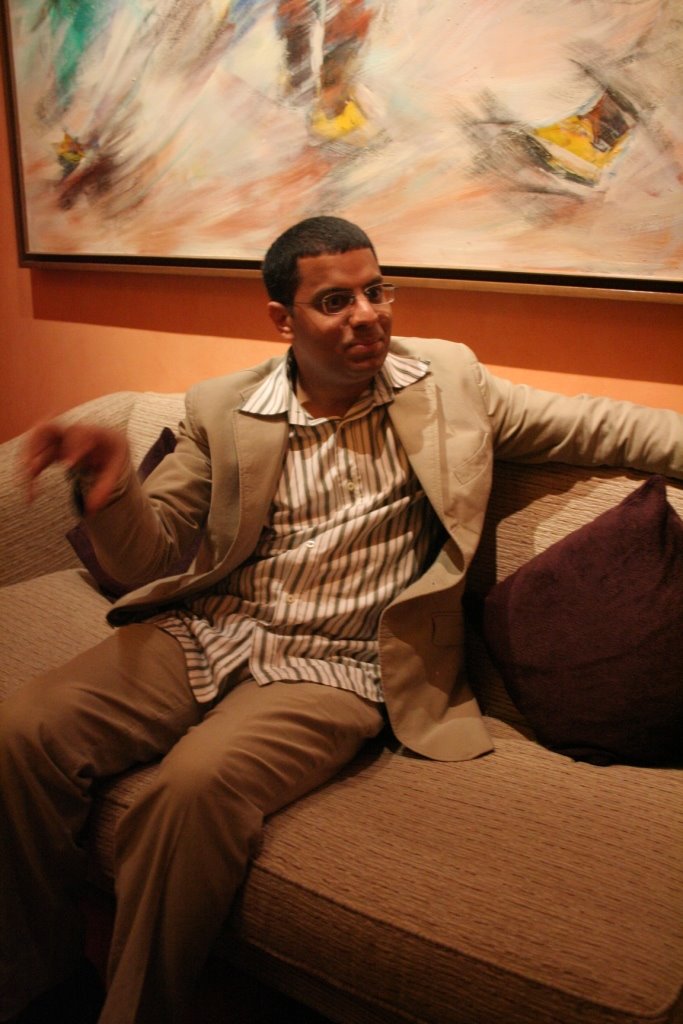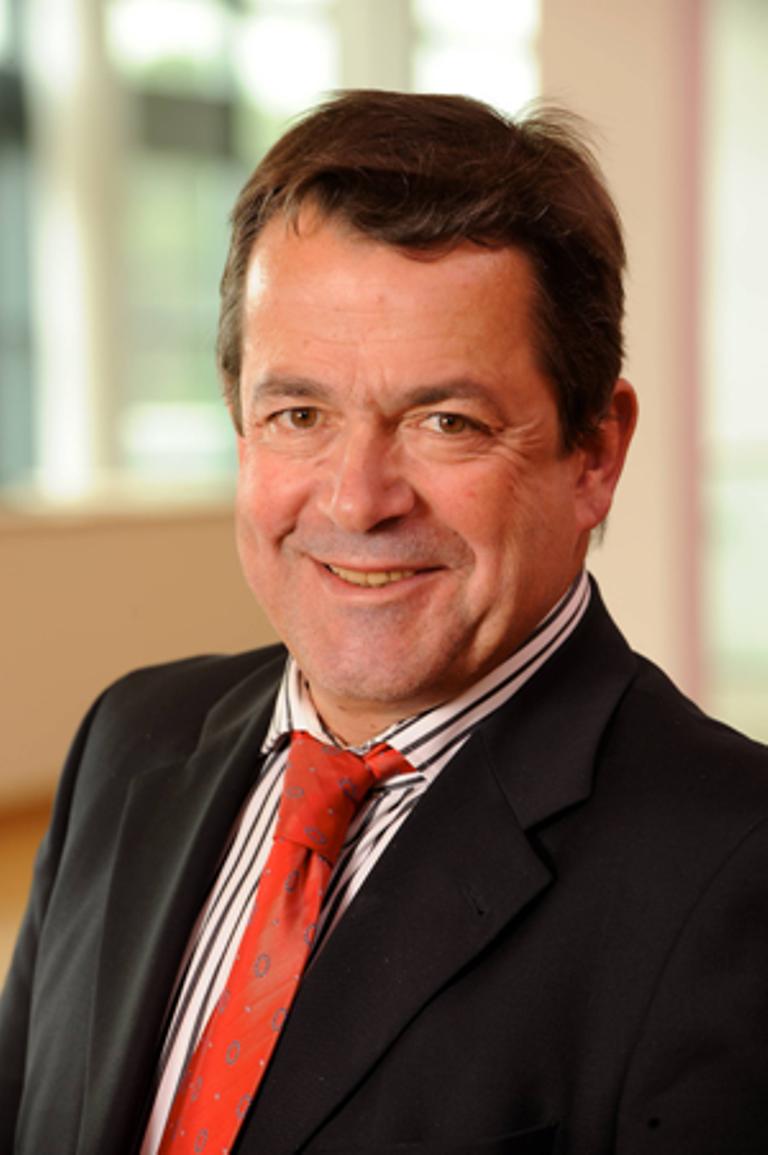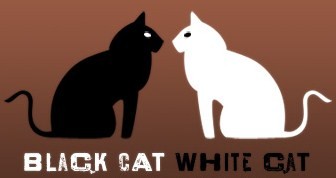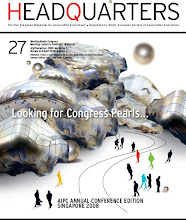Thursday, November 20, 2008
Wednesday, August 13, 2008
I was completely "baba"
Wednesday, July 30, 2008
So coincidence does exist
 If possible, each year I go to Marrakesh for a couple of days. This year I got the opportunity to see the Festival National des Arts Populaires, a very musical and particularly colourful festival that’s held in the historic Badii Palace. And before I left I was racking my brains over a DMC I know in Marrakesh. “How on earth could I have forgotten that name,” I thought. “Oh well, I’ll suddenly remember it,” I kept on pondering. Right before I entered the Atlas Blue airplane, I made a final attempt to reproduce his name. Unfortunately, I couldn’t. Nothing left then but walk directly to seat 12A and hope that the airplane oxygen would tickle my brain during the flight. The good thing about a flight to Morocco is that you nearly always have the opportunity to sit in the business class of economy class: the emergency exit class! I was in luck, two seats next to each other - 12A and B - with a lot of leg room and no one to bother me. That’s wonderful, flying cheap and chic! And who’s sitting there next to me, yes, who...? Essaid Faiq of Exclusively Morocco, a name that sounds like poetry to many Belgian incentive organisers. Essaid is an extraordinary DMC. A large part of the three-hour flight to Casablanca was spent exchanging thoughts about the relationship Incentive Organiser - DMC, a theme that doesn’t occur enough in conversations, in my opinion.
If possible, each year I go to Marrakesh for a couple of days. This year I got the opportunity to see the Festival National des Arts Populaires, a very musical and particularly colourful festival that’s held in the historic Badii Palace. And before I left I was racking my brains over a DMC I know in Marrakesh. “How on earth could I have forgotten that name,” I thought. “Oh well, I’ll suddenly remember it,” I kept on pondering. Right before I entered the Atlas Blue airplane, I made a final attempt to reproduce his name. Unfortunately, I couldn’t. Nothing left then but walk directly to seat 12A and hope that the airplane oxygen would tickle my brain during the flight. The good thing about a flight to Morocco is that you nearly always have the opportunity to sit in the business class of economy class: the emergency exit class! I was in luck, two seats next to each other - 12A and B - with a lot of leg room and no one to bother me. That’s wonderful, flying cheap and chic! And who’s sitting there next to me, yes, who...? Essaid Faiq of Exclusively Morocco, a name that sounds like poetry to many Belgian incentive organisers. Essaid is an extraordinary DMC. A large part of the three-hour flight to Casablanca was spent exchanging thoughts about the relationship Incentive Organiser - DMC, a theme that doesn’t occur enough in conversations, in my opinion. Wednesday, July 23, 2008
Do you speak hot potato English?
In all honesty I dare to say that I only understood half of what Professor James Gilmore (From the Experience Economy to Authenticity) said. That’s a real pity, after all, he was a keynote speaker and had a fascinating story to tell. English speakers should be briefed about talking slow, clear and easy English during congresses. And foreign speakers should get the advice to train their English because the fact is that English is the international way of communicating.
 And who was certainly right during the General Assembly was AIPC President Edgar Hirt. He deserves the credit as a German speaker for setting the best example of how to be a good speaker: in English and understandable up to the final word! Don’t look back, that was his message, but look forward by practicing good English for everyone.
And who was certainly right during the General Assembly was AIPC President Edgar Hirt. He deserves the credit as a German speaker for setting the best example of how to be a good speaker: in English and understandable up to the final word! Don’t look back, that was his message, but look forward by practicing good English for everyone.I prefer Patates Frites (English) with mayonnaise. People used to tell me that you learn English the best if you have a hot potato in your mouth. It makes you pull funny faces and make strange sounds. In one word, unintelligible! I think some speakers still have a hot potato in their mouth. ‘Leities end Zjieentlemen, leits tak jin Tudou English’. Tudou is Chinese for potato…
Cats should catch mice!
 Now I definitely know, the best congresses are made by excellent speakers. The better the speaker, the better the congress. The past 4 years I’ve fallen silent 4 times during a congress. The first time was in the year 2004 when The Most Revd. Desmond Mpilo Tutu gave a speech during the opening of the ICCA congress. During those two hours it was as quiet as the night with the moon and her stars. His message was clear: equality brings life. A second time was in November 2007 during the Holland Association Symposium in Amsterdam. Professor van Grieken spoke of the miracle of the first republic in the world: Holland during the regency period. You could hear a mosquito fly in the hall. His message was: democracy creates prosperity. A third time, also in 2007, was during the opening of the IFLA congress in Durban. Justice Albie Sachs, the white attorney who lost his arm during an attack, spoke about his battle against appartheid. It was as calm as the wind inside the hall. His message was: freedom stimulates growth.
Now I definitely know, the best congresses are made by excellent speakers. The better the speaker, the better the congress. The past 4 years I’ve fallen silent 4 times during a congress. The first time was in the year 2004 when The Most Revd. Desmond Mpilo Tutu gave a speech during the opening of the ICCA congress. During those two hours it was as quiet as the night with the moon and her stars. His message was clear: equality brings life. A second time was in November 2007 during the Holland Association Symposium in Amsterdam. Professor van Grieken spoke of the miracle of the first republic in the world: Holland during the regency period. You could hear a mosquito fly in the hall. His message was: democracy creates prosperity. A third time, also in 2007, was during the opening of the IFLA congress in Durban. Justice Albie Sachs, the white attorney who lost his arm during an attack, spoke about his battle against appartheid. It was as calm as the wind inside the hall. His message was: freedom stimulates growth. Monday, June 30, 2008
Steven: Cycling Europe for charity
And the next day, their journey led Jon and Marco to Aachen, but you can read all about their trip on their website and don’t forget to press the big Donate button!
Monday, June 23, 2008
A female building in Singapore
I must add that the Esplanade is built by men! Can someone see whether a building is designed by a woman? Conference delegates, keep an eye out for that building! Could it give you some inspiration for a congress centre of the future? I could see us all lying there in fetal position during a congress, nicely in the middle of the building!
Thursday, June 12, 2008
Who is Sir Van Couver?
‘Can I kneel for you, Majesty?’ - ‘Certainly Sir, as long as you don’t kiss my feet.’
‘Madame, how are your children and grandchildren?’ - ‘Oh, Sir, can we just enjoy the evening?’
Tuesday, June 3, 2008
Looking for Congress Pearls
I know, there are a lot of exceptions but I have to repeat that in a few continents more attention is paid to the architecture of the buildings than in Europe. Or let me put it this way: countries that recognize the (big) value of a nice convention centre, also invest a lot of time in the shape and the content of it all. New convention centres have become market places of people’s minds instead of man-made goods. Real intellectual meeting spots, I call them. Or am I mistaken again in this matter?
The last example I’ve found could even be called an experimental building. Really unbelievable. In Ras al Khaimah plans are made for a dramatically iconic congress centre that could even have its place in space. The mixed-use project designed by Rem Koolhaas (OMA) features convention and exhibition facilities, hotels, offices, dwellings, shops and restaurants. The proposed form is dramatically iconic. An interior that takes the form of a sphere can be considered as a minimalist approach. The sphere as an exterior form however, is absolutely iconographic. No doubt about that. It already starts with the fact that OMA themselves named one of the images ‘Deathstar’, after the space city in the film series Star Wars.
I would recommend to read the next HeadQuarters Magazine that will be introduced in June during the annual AIPC congress in Singapore. In there, me and Rémi Dévé have done some investigative journalism for the first time in the meetings industry. You will find some juicy details on Convention Centre architecture, interior design, green management, services and catering. And this time, I hope you won’t be mad at me.
Wednesday, April 30, 2008
The hardest worker at IMEX
In those two days he’d travelled 140 km. And all this for charity! Marco Barcella works for a charity organisation and in June he’s going to cycle in total a distance of 4800 km through 9 countries in 13 weeks, all this by initiative of Jon Bradshaw – also an Adonis type but a good  cyclist too and he’s the Sales Manager of IMEX. The aim of this grueling physical challenge is to raise 20,000 pounds for stroke charities throughout Europe that fund the physical and mental rehabilitation of younger stroke victims. I told Jon, because he’s the leader, that he has to come to Antwerp after his visit to Amsterdam, to come and pick up another little cycling wonder, my Editorial Officer Steven Kins (see picture on the right). Jon, you have gained a new sponsor: HQ Magazine! And to whoever's reading this: go to the Cycle Europe website, get out your money and donate.
cyclist too and he’s the Sales Manager of IMEX. The aim of this grueling physical challenge is to raise 20,000 pounds for stroke charities throughout Europe that fund the physical and mental rehabilitation of younger stroke victims. I told Jon, because he’s the leader, that he has to come to Antwerp after his visit to Amsterdam, to come and pick up another little cycling wonder, my Editorial Officer Steven Kins (see picture on the right). Jon, you have gained a new sponsor: HQ Magazine! And to whoever's reading this: go to the Cycle Europe website, get out your money and donate.





